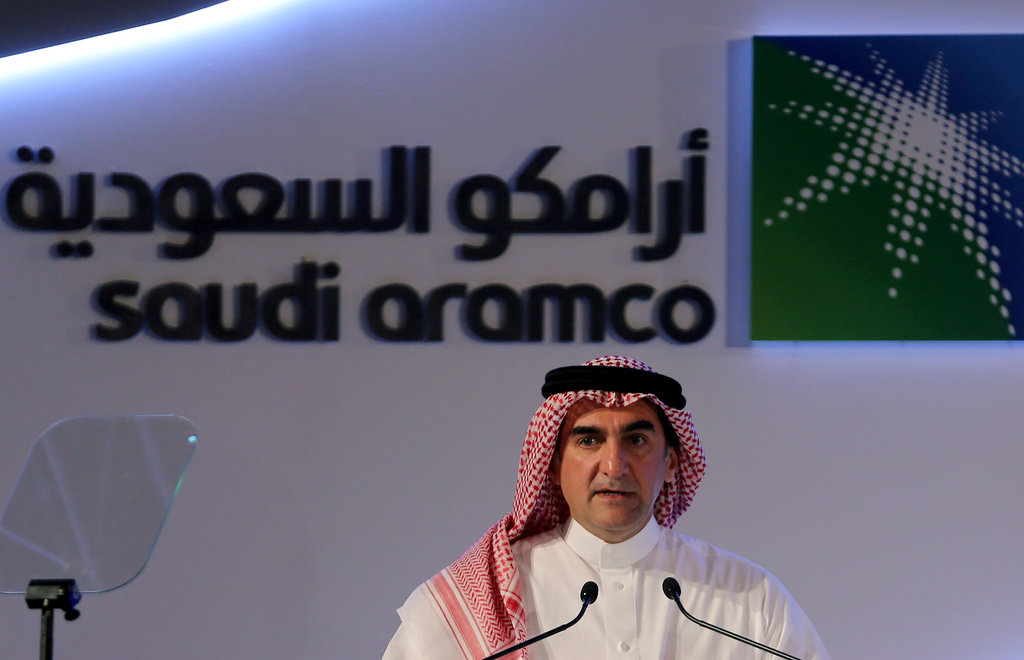
On March 5th, the Organization of Petroleum Exporting Countries (OPEC) members and non-OPEC oil producers discussed further cuts to cope with a weakening demand of oil and a slowdown in the oil market, but have failed to reach an agreement. After that, on March 10th, Saudi Aramco, the national oil company in Saudi Arabia, announced that from April, it would increase oil production to 12.3 million barrels a day, which is 27% more than in February. Given that more production will bring lower oil prices, this announcement indicates that Saudi Arabia would put market share first rather than stabilizing the oil market. Against this, the United Arab Emirates, the third-largest oil producer in OPEC, also said that it would increase oil production to 4 million barrels a day, which is 33% more than in January. Experts assess appropriate international oil prices for both suppliers and consumers as 55 to 65 dollars per barrel. According to Consumer News and Business Channel (CNBC), however, one of the types of crude oil, Western Texas Intermediary (WTI) fell 20.37 dollars on March 18th. Generally, a low oil price benefits most companies by reducing production costs and stimulates the economy. The recent drop in oil prices, however, includes the competition of oversupply to secure the market share in oil-producing countries. Besides, low demand for oil can be attributed to the recent global economic crisis caused by the coronavirus disease (COVID-19) pandemic.
